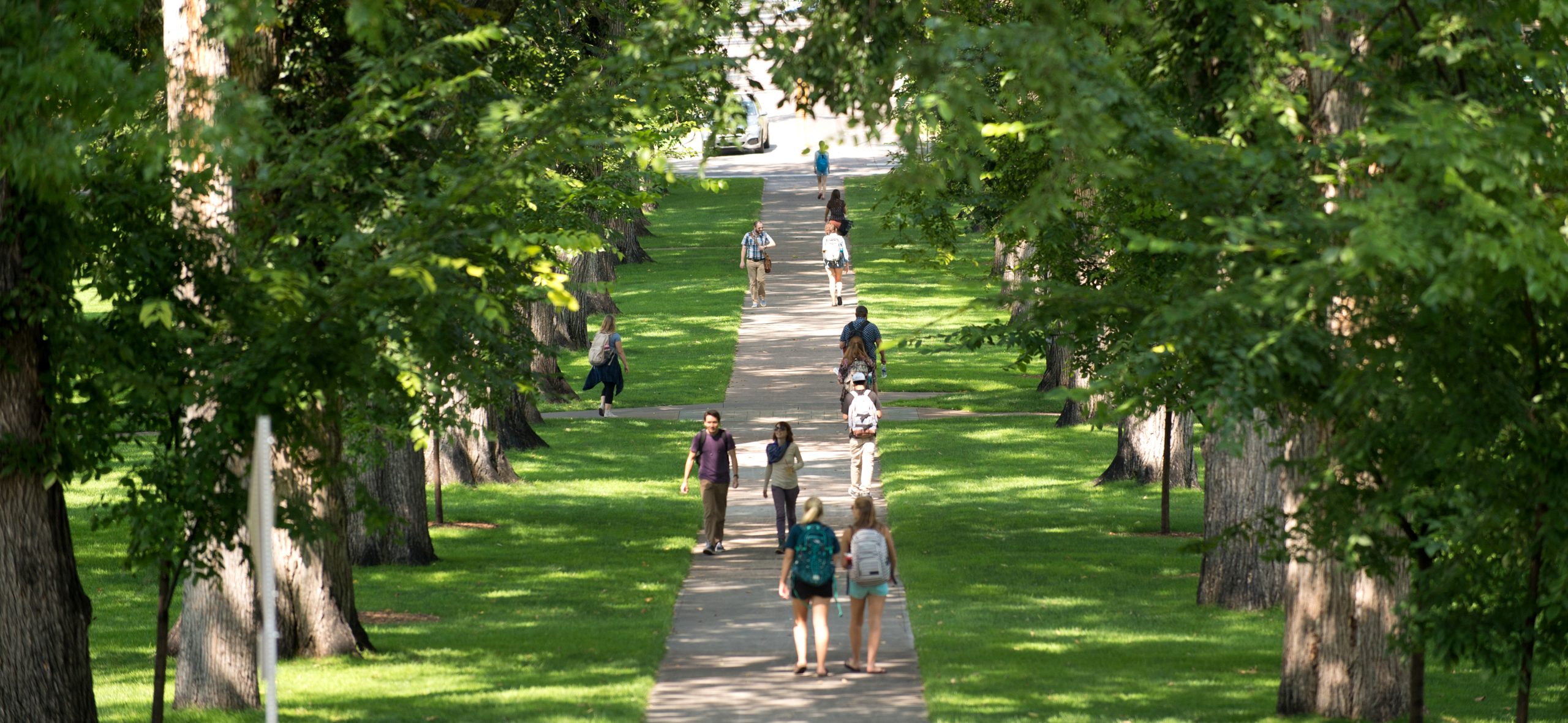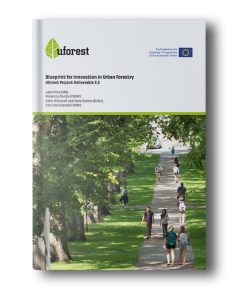
A review of urban forestry’s potential for a healthier and more sustainable future
Urbanisation is a global trend: according to the United Nations Department of Economic and Social Affairs (UN DESA), today 55.5% of the world’s population lives in urban areas and this number is expected to increase to 68% by 2050. Increasing urbanisation and concentration of the population in cities brings several environmental and health challenges. Indeed, these developments have negative impacts on the quality of life, biodiversity, and resilience in cities, as well as on the health and well-being of their citizens and on the environment as a whole.
In recent years, two important approaches have emerged to promote solution-oriented actions and targets to address these challenges. The first is the set of the 17 Sustainable Development Goals (SDGs) endorsed by the UN as a global shared plan to tackle economic, social, and environmental challenges by 2030. The second is the implementation of Nature-based solutions (NBS), i.e. solutions inspired and supported by nature.
Urban forests are valued as effective NBS, as they can help address both global and societal challenges, providing benefits to human well-being and biodiversity. For this reason, urban forestry is an interdisciplinary field that studies, plans, implements, and manages urban forests as the tree-based component of wider urban green infrastructure. Its goal is to promote the psychological, sociological, aesthetic, economic, and environmental benefits urban forests provide to society. Therefore, urban forestry can play a key role in the achievement of the SDGs by increasing the sustainability of cities, providing clean water, increasing income and job opportunities, promoting outdoor recreation activities, promoting biodiversity, fostering a green economy, and contributing to climate change mitigation and adaptation. Promoting innovation in urban forestry can further enhance these benefits and provide more effective, efficient, and equitable results.
The main objective of this report is to provide a first framework for assessing innovation factors influencing urban forestry. Through the analysis of 20 case studies on urban forestry best practices in the EU, this report offers an overview of urban forestry innovation in the European continent. This document will be used as part of urban forestry lobby and dissemination activities within the Uforest project, with the intention to spread the knowledge about the potential of urban forest as NBS for cities.
The analysis of the case studies suggests that innovative approaches in urban forestry can optimise services, while solving local environmental and social challenges in a multidisciplinary perspective. However, there is still the need to explore innovation in urban forestry, scale up this type of initiatives, and strengthen the collaboration among different disciplines, as well as among different stakeholders, and facilitate the co-creation of knowledge.
Finally, as suggested by the report, urban forestry should go hand-in-hand with entrepreneurship, exploring sectors and collaboration to create new opportunities.

Publication details
Title: Blueprint for Innovation in Urban Forestry
Reference: Uforest Erasmus+ project, Deliverable 3.3 Blueprint for Innovation in Urban Forestry.
Authors: Joan Pino (UAB), Florencia Florido (CREAF), Colm O’Driscoll and Ilaria Doimo (Etifor), Cecil Konijnendijk (NBSI).
Contributors: Rik De Vreese, Dennis Roitsch, Juliet Achieng (European Forest Institute), Nadina Galle (Green City Watch), Petronela Candrea (Forest Design), Jorge Olivar (AGRESTA), Lluís Pesquer, Corina Basnou (CREAF), Josep Maria Espelta (CREAF), Sofia Paoli, Maria Chiara Pastore (POLIMI), Arianna Ruberto and Serena Cesca (Etifor).